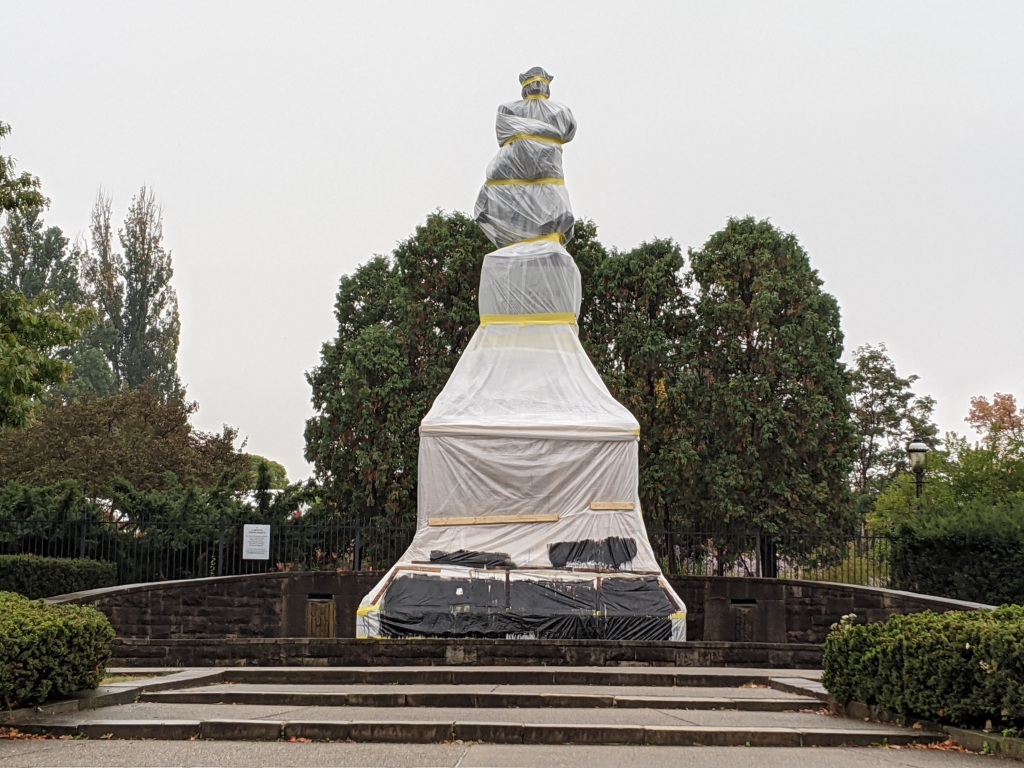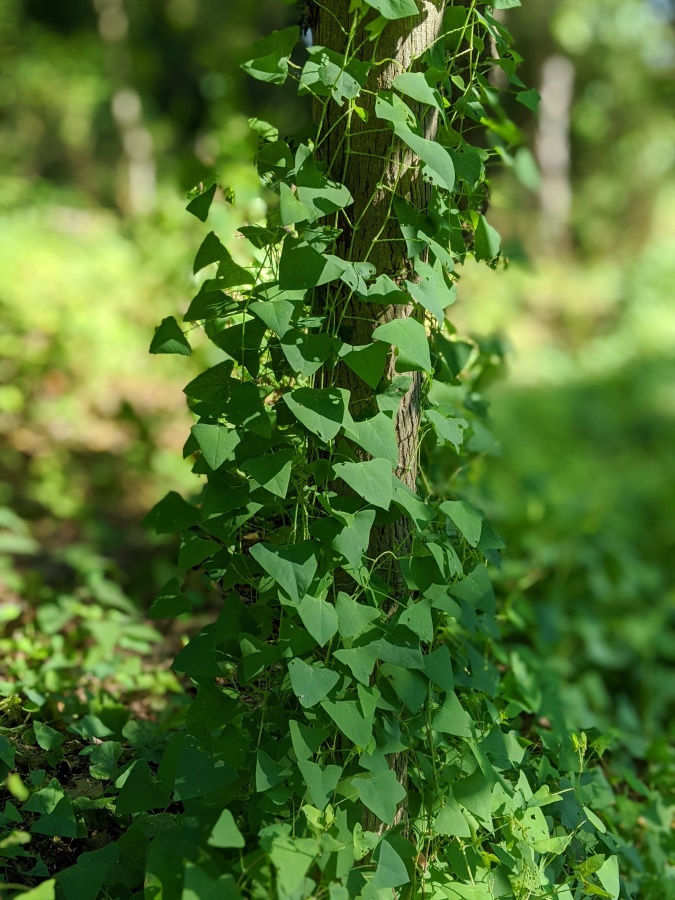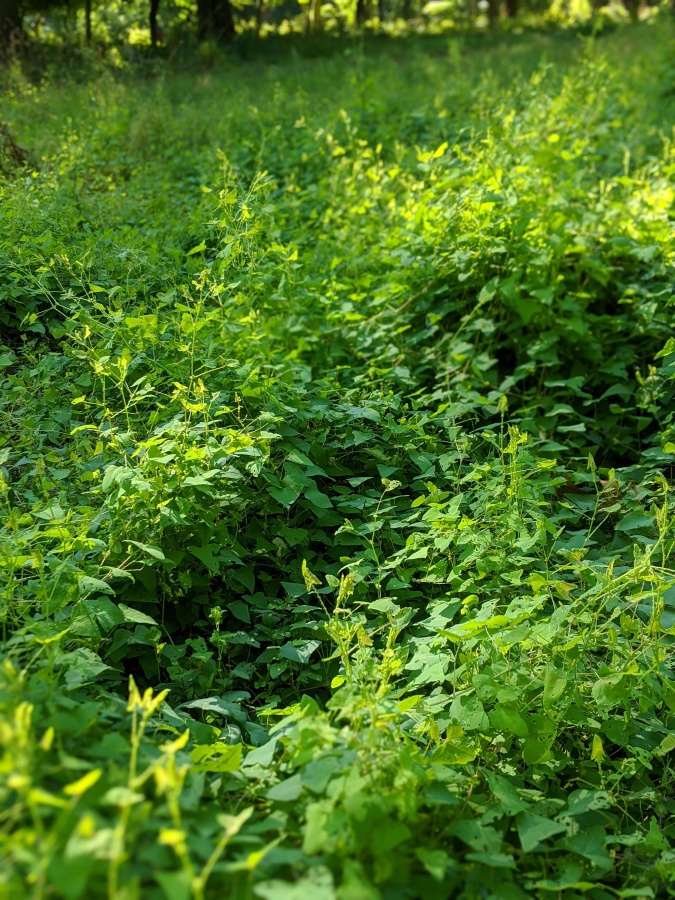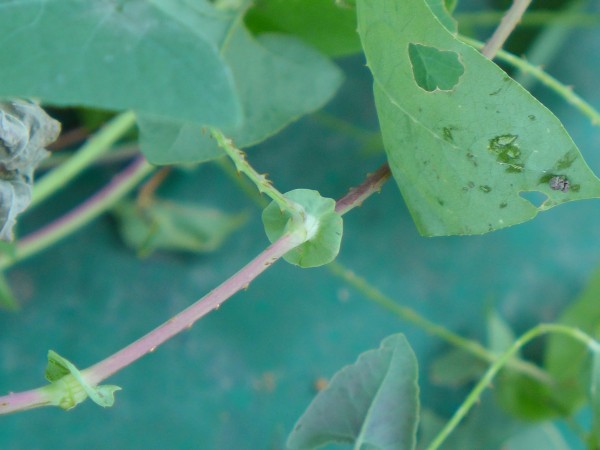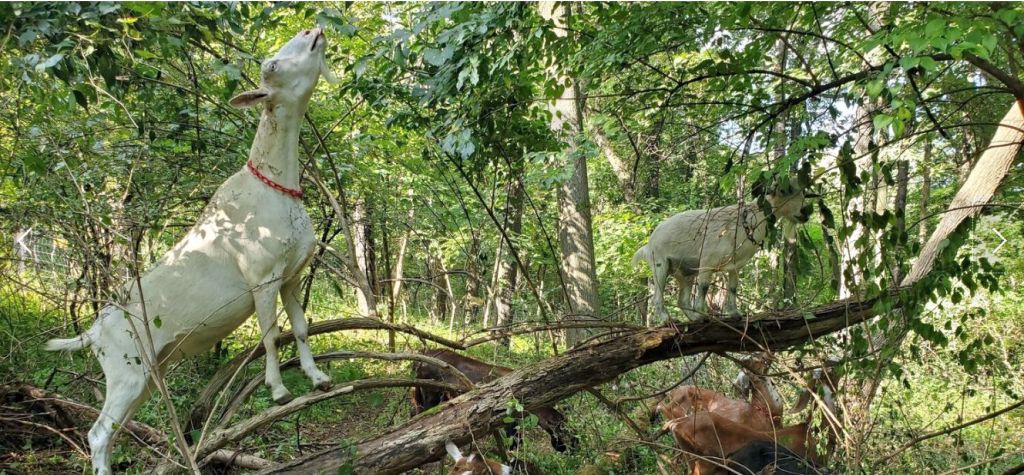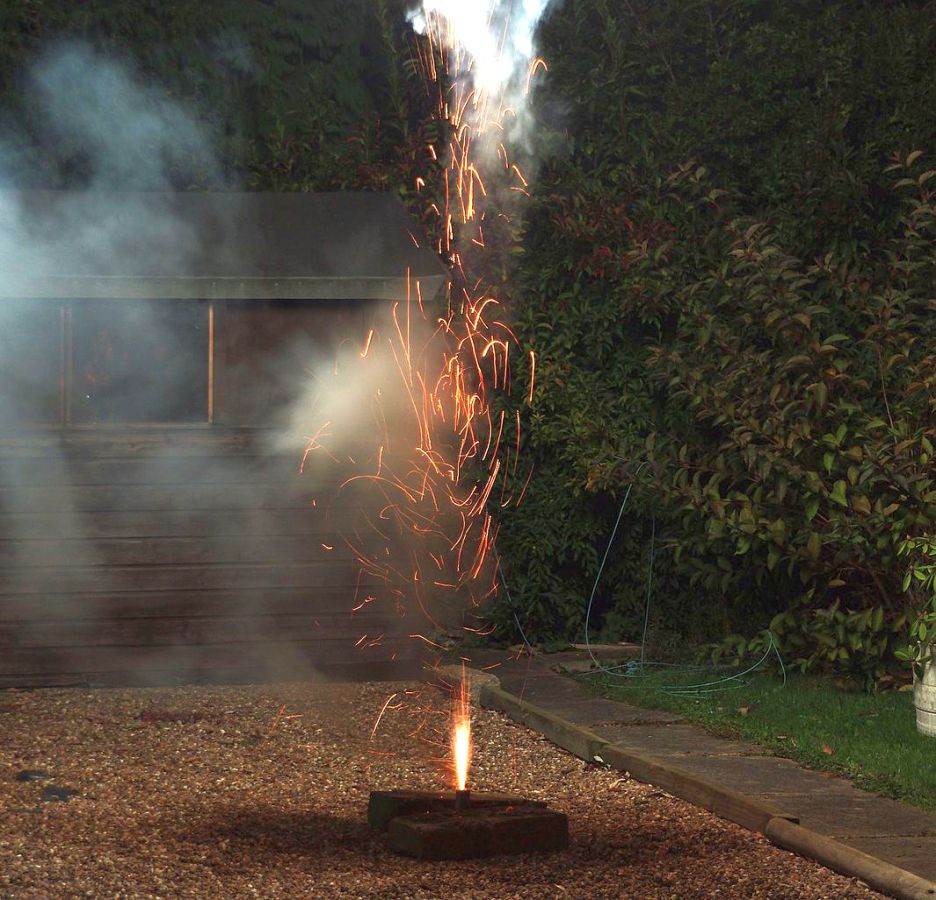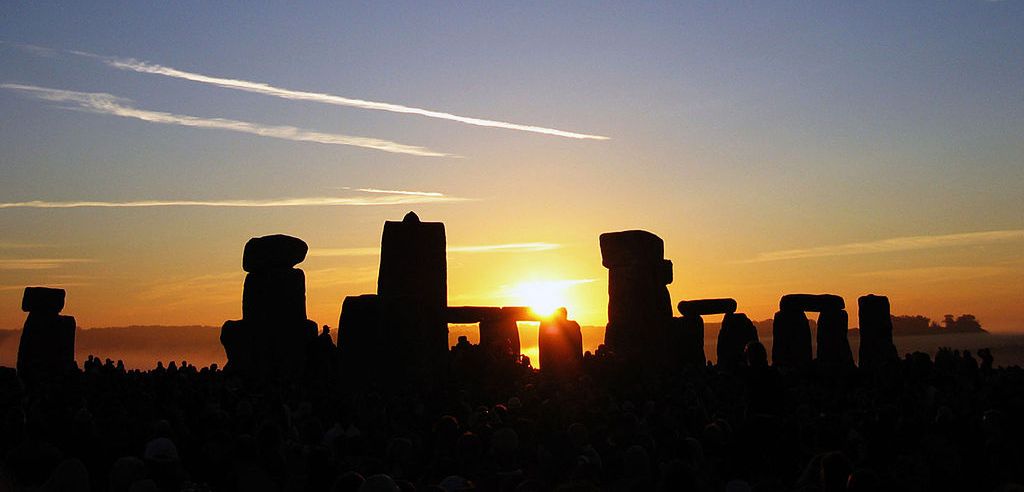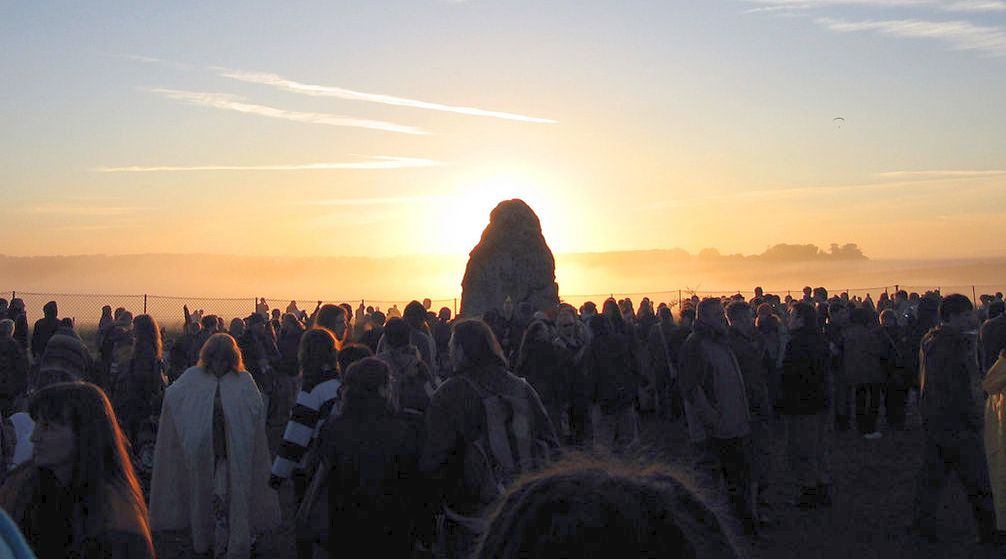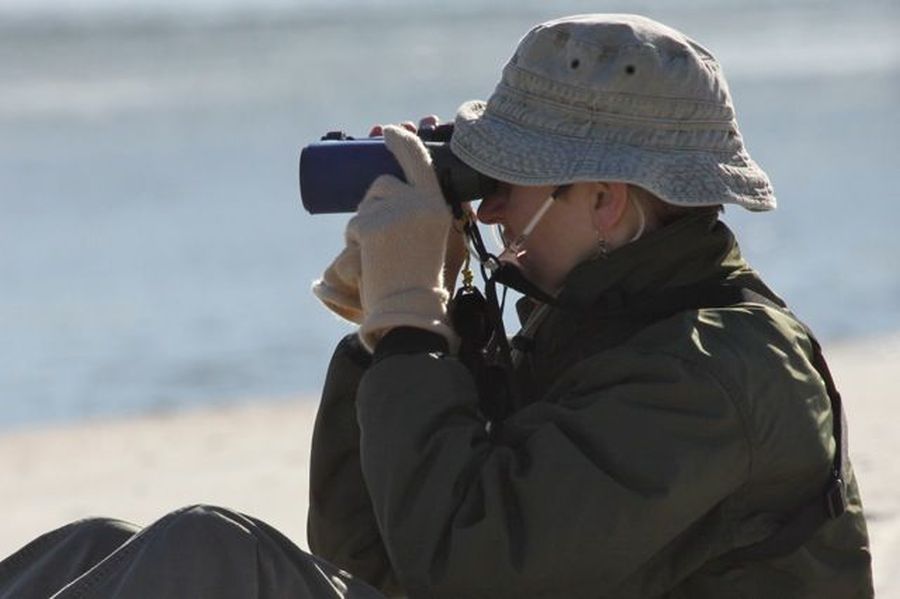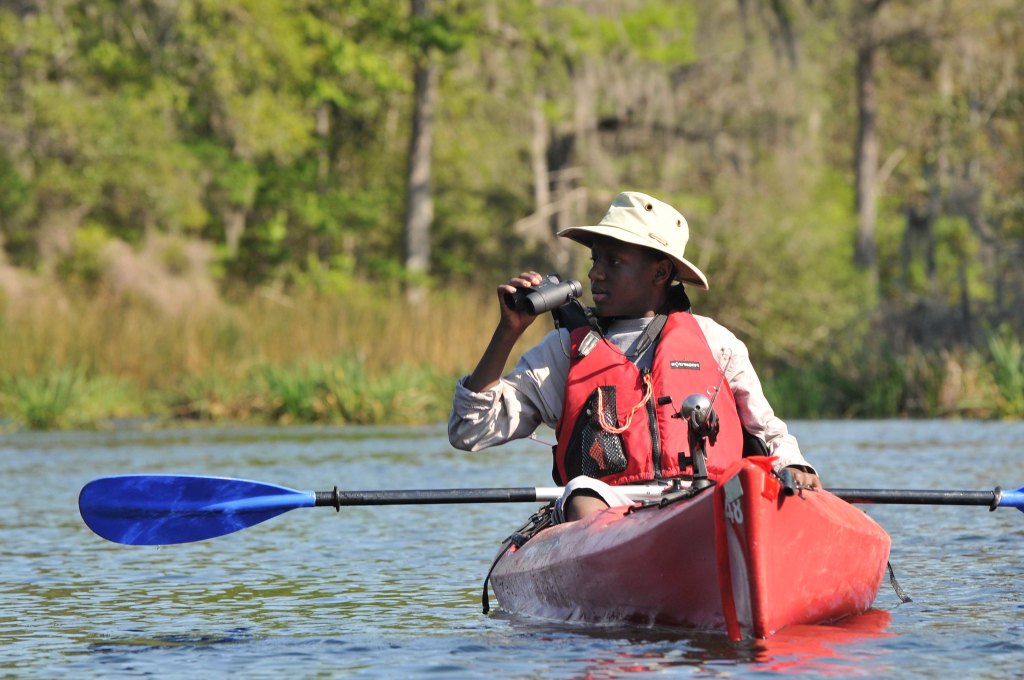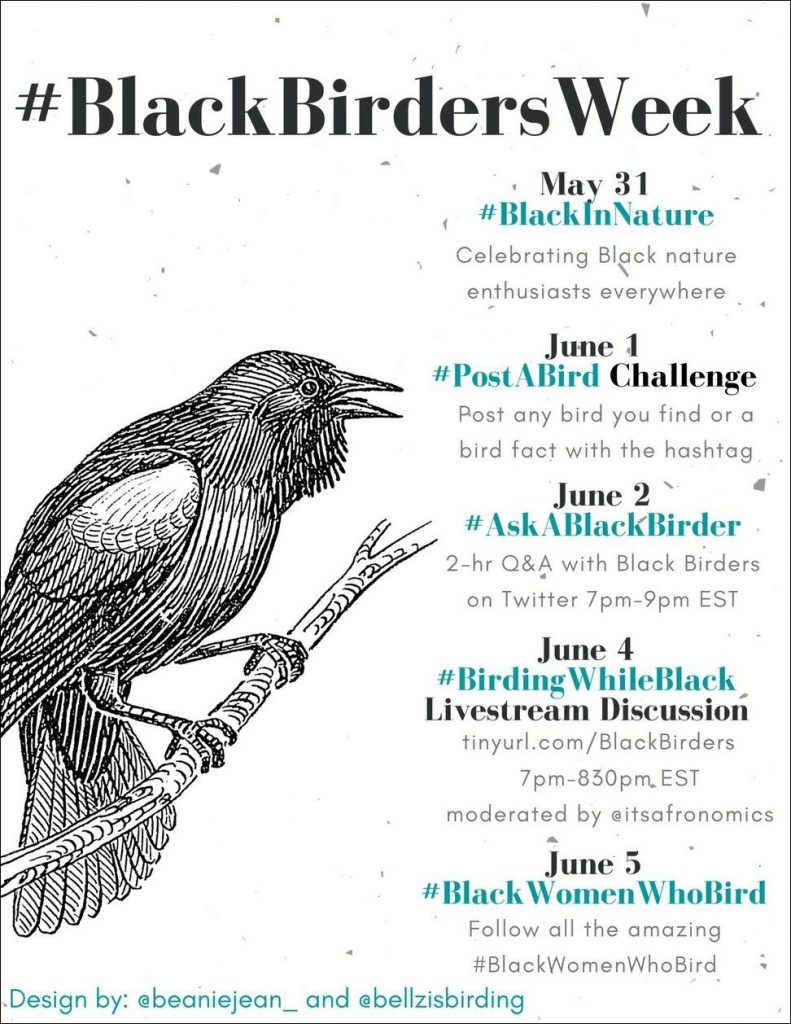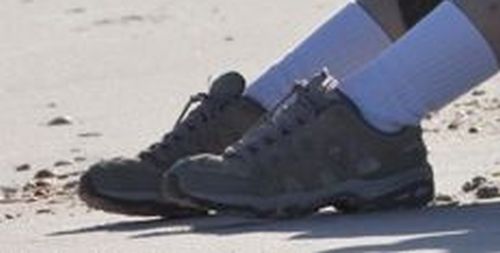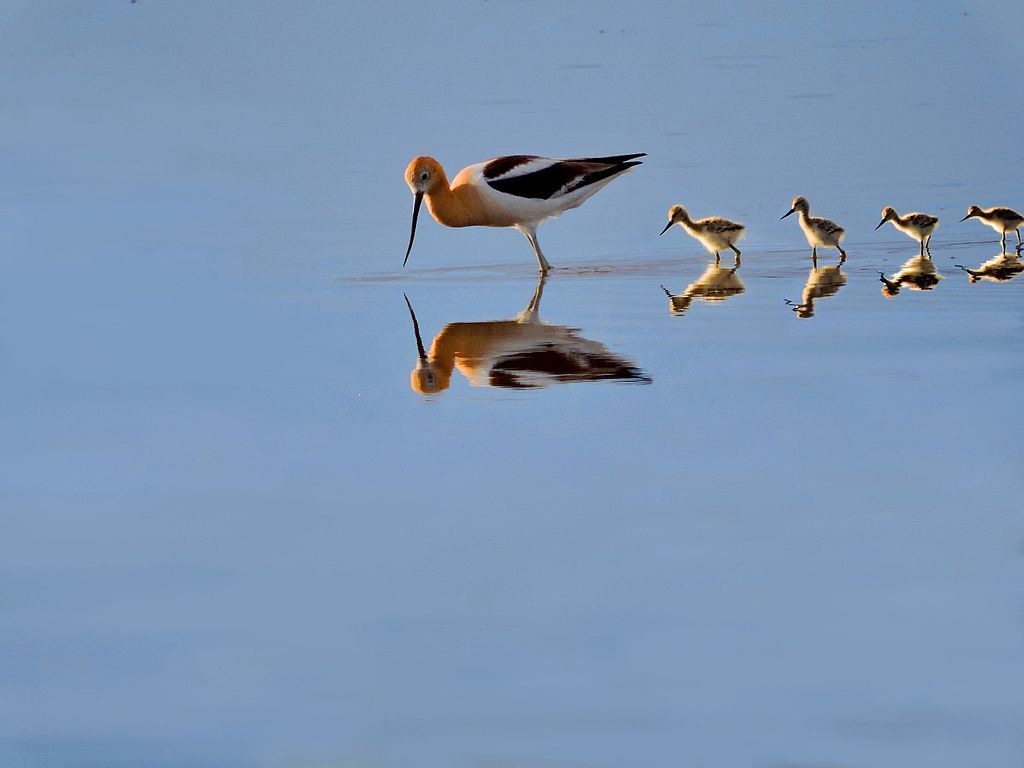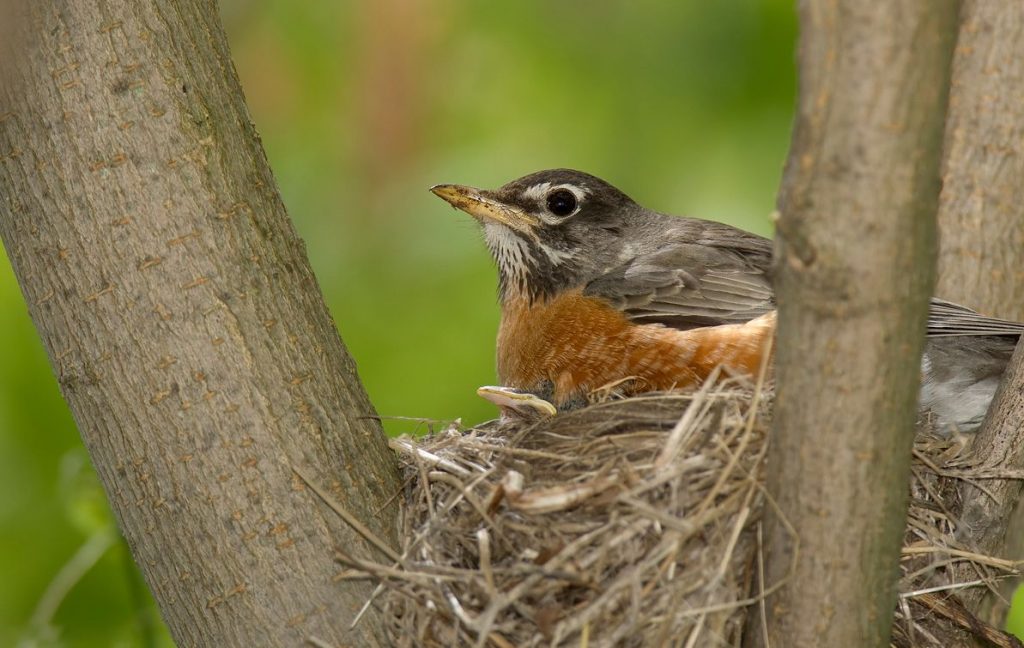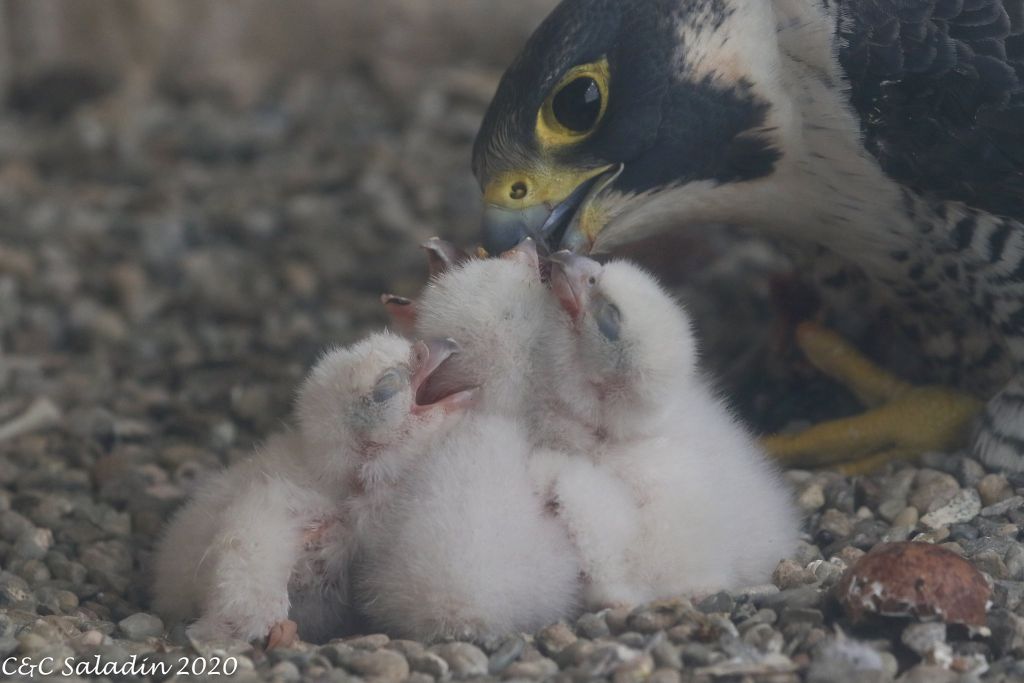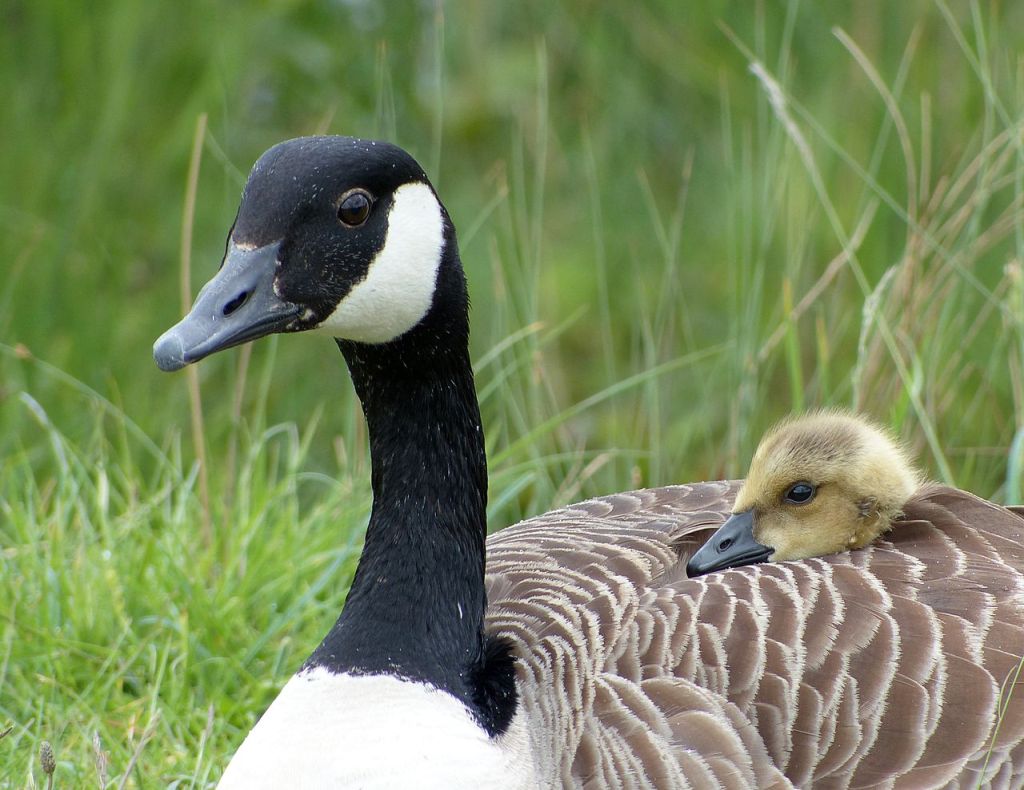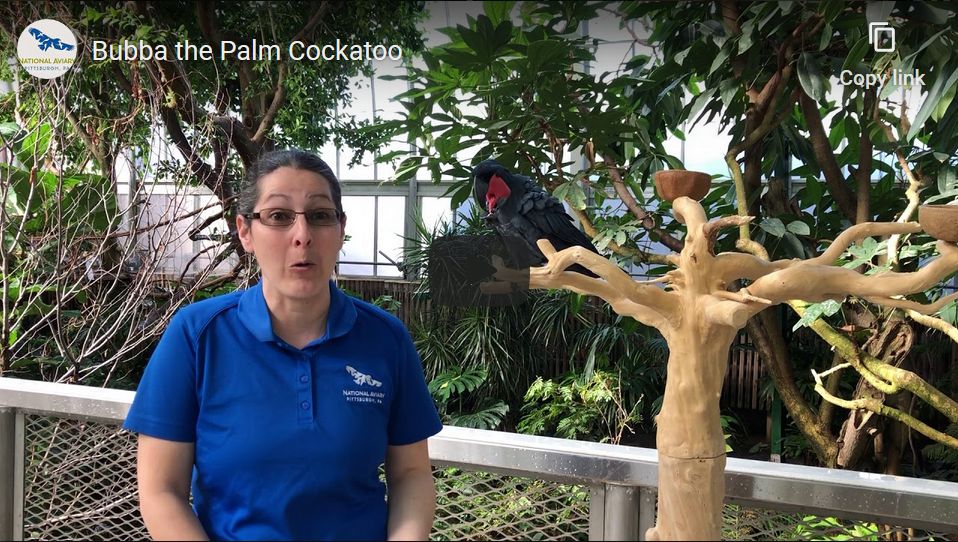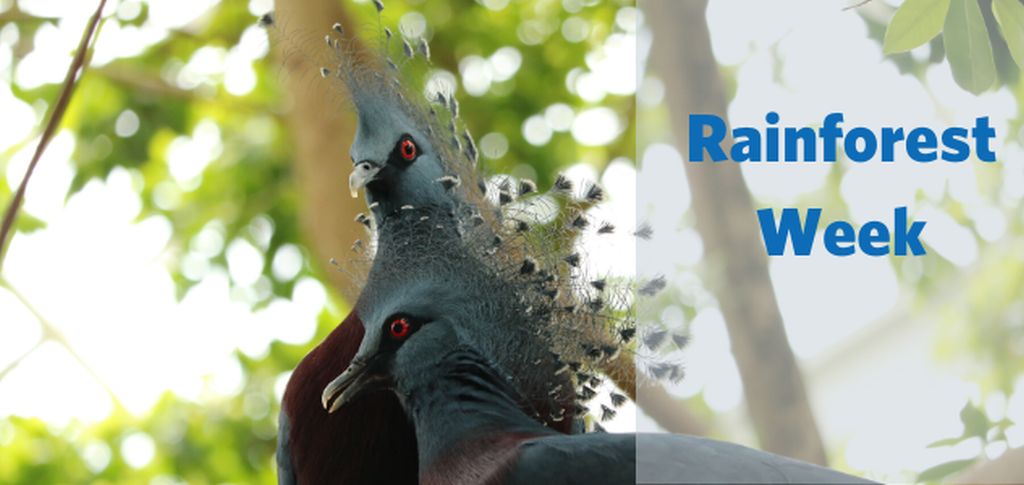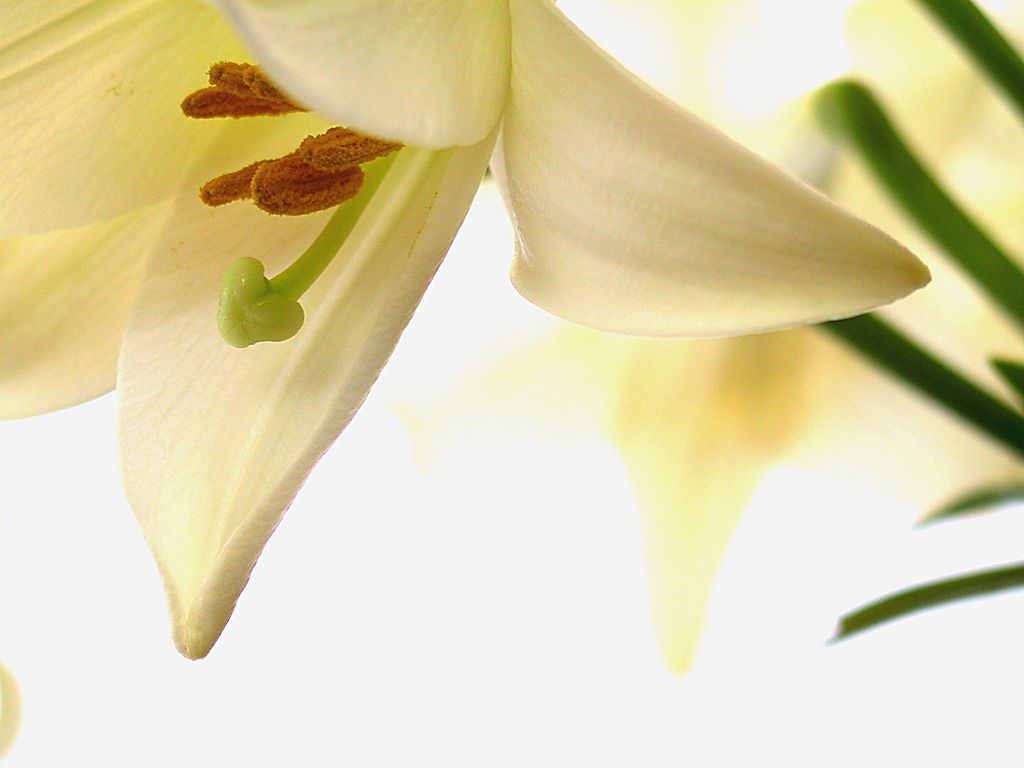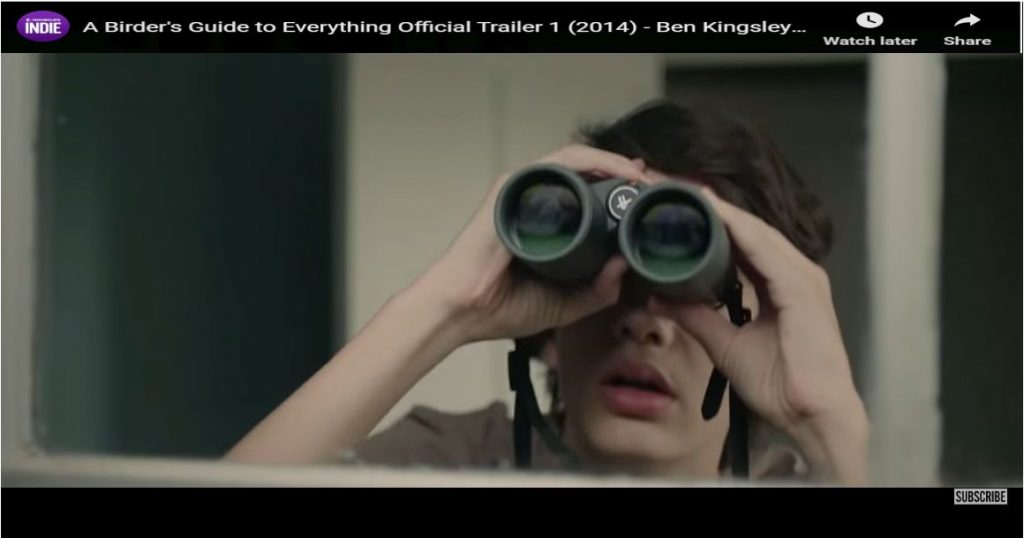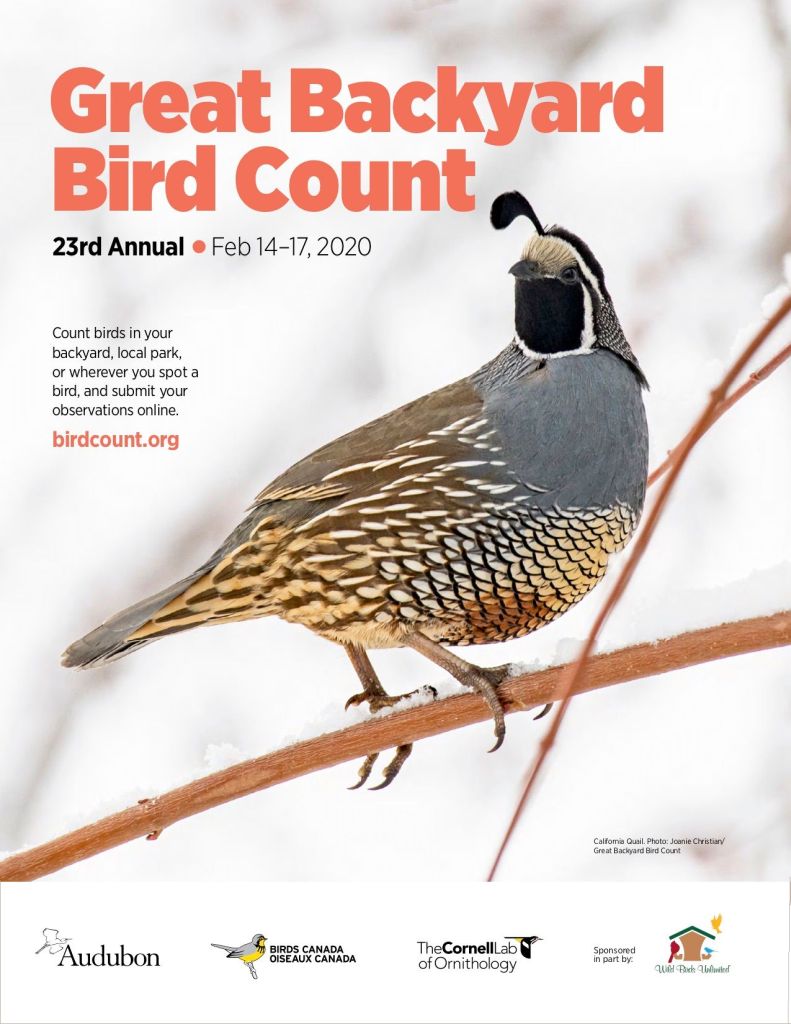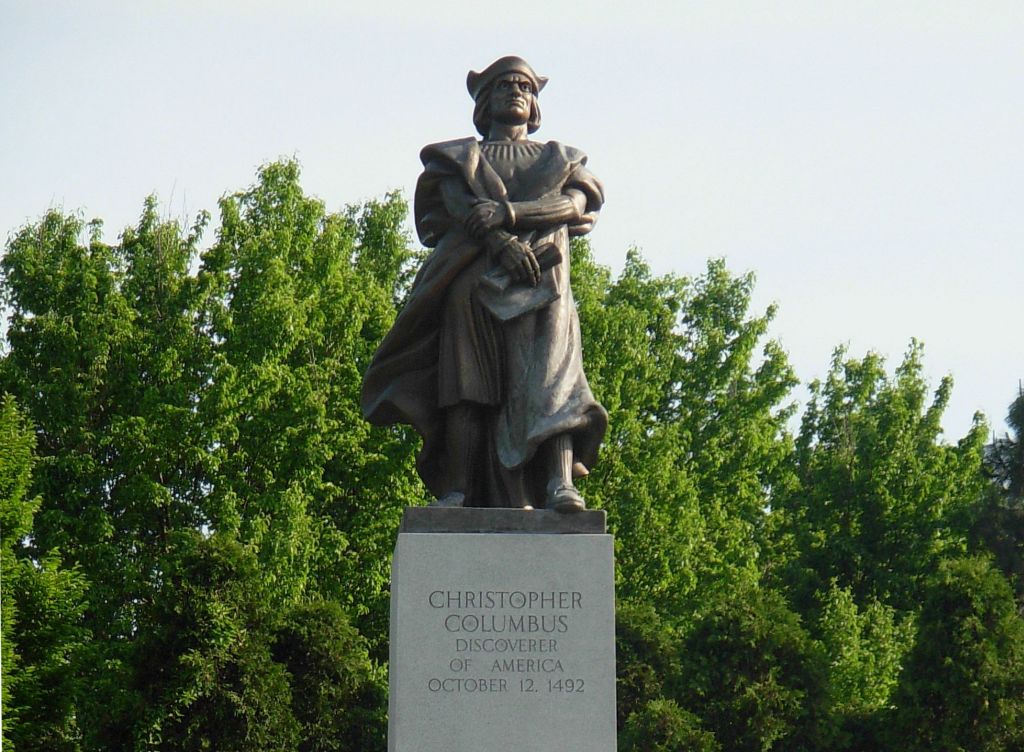
12 October 2020, Columbus Day in Pennsylvania
This statue in Schenley Park was celebrated when it was erected by the Italian-American Sons of Columbus in 1958 but has been a source of controversy in recent decades. Last week the decision came down to send it to a private location. The only remaining questions are where and when.
Columbus meant nothing in the British colonies until writers began celebrating him (in female form “Columbia”) when we broke with Britain in the 1760s. We needed a non-British origin story so after we won independence the legend expanded, was added to textbooks, and was used to gain Italian immigrant support (especially in NYC) beginning in the late 1800s. The legend started to crumble in the 1970s when we began discussing the real history of the man and his era in the Americas.
His legend was created to fill a gap and now the legend is fading. What if Columbus never crossed the Atlantic? Here’s how things might have been different.
The coronavirus pandemic gives us an inkling of what it was like when Columbus and the Spanish explorers brought pandemic to this part of the world. It changed the western hemisphere.
Before Columbus, the human population in the Americas was larger than that of Europe. The landscape, animals and birds were balanced by the pressure of so many people living in North, Central and South America. When European explorers accidentally left behind pigs that carried human disease, native Americans encountered the free-range pigs, had no immunity and spread the plagues through human contact.
The Western Hemisphere suddenly lost 95% of its human population in only 150 years. Remove the keystone species and you get some pretty weird results. European settlers didn’t see the transformation so they thought what they found was normal including the endless forest, huge bison herds and billions of passenger pigeons.
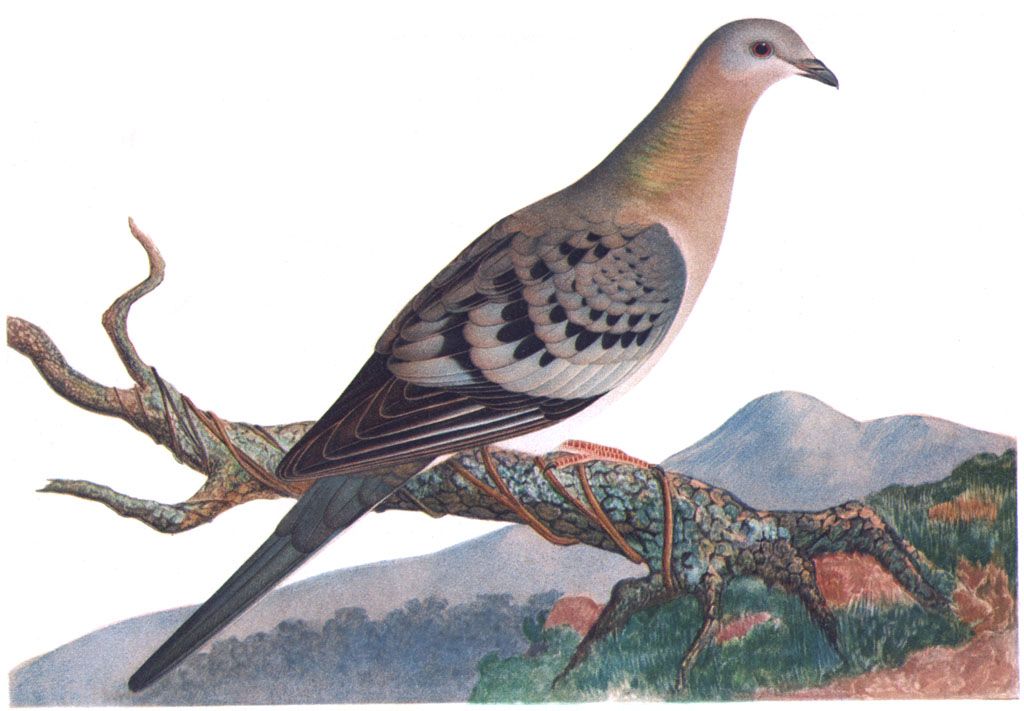
Without Columbus the Americas would have been a very different place but the pressure of human population growth would have prompted someone to come here anyway, just not him.
Find out more about the New World before Columbus in this book –> 1491: New Revelations of the Americas Before Columbus by Charles C. Mann (Knopf, 2005)
p.s. The history of the Christopher Columbus legend is described here in the Washington Post.
Today the Schenley Park Columbus statue is covered in white plastic, probably to protect it from the vandalism that targets it on Columbus Day since 1997.
